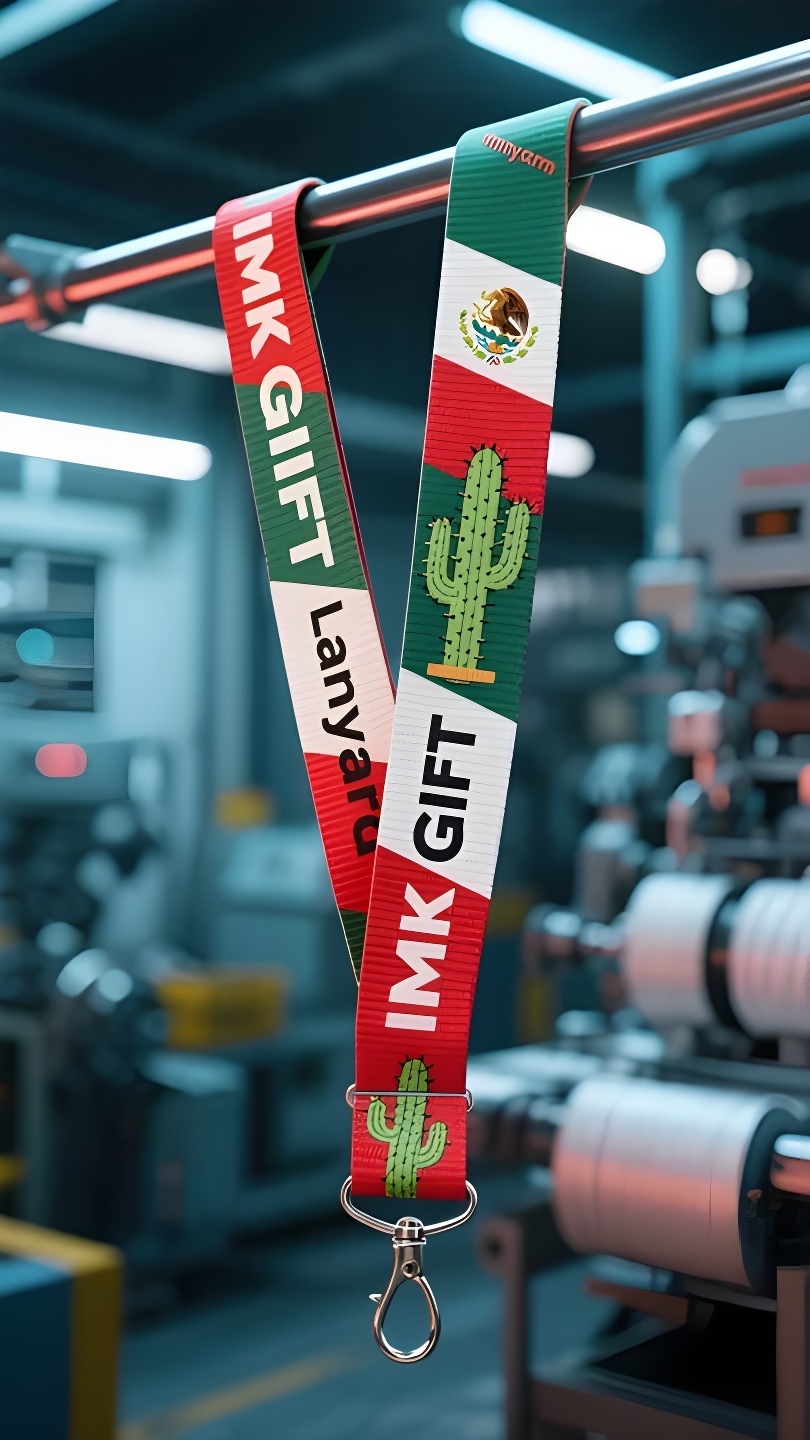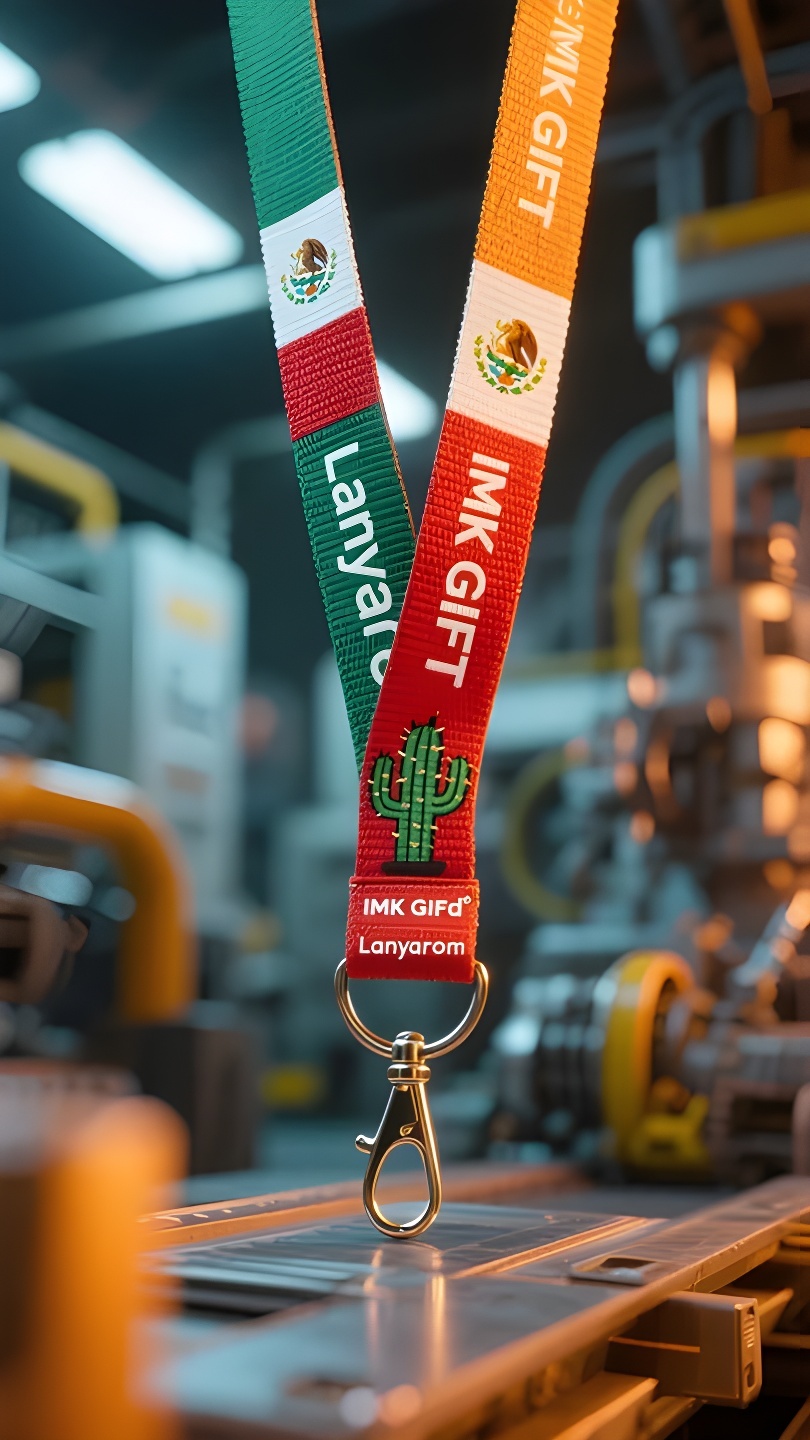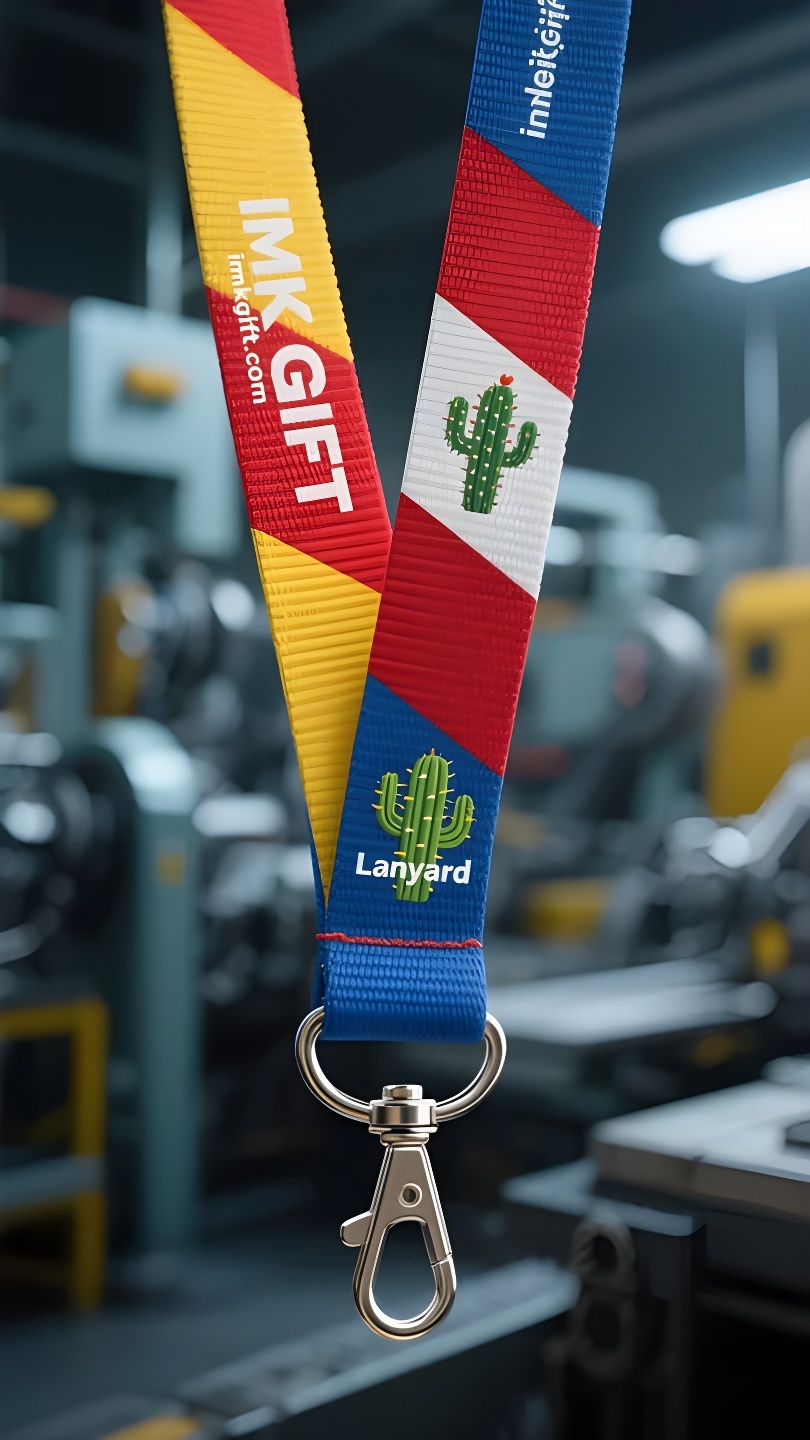in988-Cactus-y-la-cuerda-de-la-vida-Tejiendo-esperanza-en-las-grietas
▼
En septiembre, en México, la bandera tricolor ondeando al viento y las coloridas cuerdas que cuelgan en las calles se entrelazan para crear un paisaje único. Estos cordones tejidos con fibras de cactus no solo son la cristalización de la artesanía tradicional, sino que también transmiten la sabiduría de supervivencia transmitida de generación en generación por los mexicanos. El águila posada sobre el cactus en el centro de la bandera nacional simboliza el milagro de esta tierra que surge en el desierto. La técnica de tejido del cordón es como la personificación de este milagro: la gente remoja y frota las fibras de cactus que crecen en la tierra árida, y usa sus palmas agrietadas para torcer las frágiles fibras en cuerdas largas y resistentes. Cada nudo implica la admonición de los ancestros: la fortaleza de la vida no reside en la perfección, sino en la reconexión de las partes rotas. Al igual que durante la Guerra de Independencia de 1821, los rebeldes usaron esta cuerda para transmitir inteligencia y transportar suministros. Las delgadas fibras pueden tejer el despertar de toda la nación. Hoy en día, los niños aún usan pulseras de fibra de cactus en la celebración del Día de la Independencia en la Ciudad de México. Esto no es solo la herencia del sentimiento patriótico, sino también una interpretación concreta de la filosofía de supervivencia: cuando las dificultades de la vida llegan como una ola de calor en el desierto, debemos echar raíces profundas como un cactus y tejer las grietas del destino en una escalera de cuerda para escalar. Al igual que la trayectoria de una cuerda que flota en el viento, la verdadera libertad nunca está en las nubes, sino en cada nudo tejido a mano.
In September in Mexico, the tricolor national flag fluttering in the wind and the colorful ropes hanging in the streets interweave to form a unique landscape. These lanyards woven with cactus fibers are not only the crystallization of traditional handicrafts, but also carry the survival wisdom passed down from generation to generation by Mexicans. The eagle standing on the cactus in the center of the national flag symbolizes the miracle of this land rising in the desert. The weaving technique of the lanyard is just like the embodiment of this miracle – people soak and rub the cactus fibers grown in the arid land, and use their cracked palms to twist the fragile fibers into tough long ropes. Each knot implies the admonition of the ancestors: the toughness of life does not lie in perfection, but in the reconnection of the broken parts. Just like during the War of Independence in 1821, the rebels used this rope to transmit intelligence and transport supplies. The thin fibers can string together the awakening of the entire nation. Today, children still wear cactus fiber bracelets at the Independence Day celebration in Mexico City. This is not only the inheritance of patriotic sentiment, but also a concrete interpretation of the philosophy of survival: when the difficulties of life come like a desert heat wave, we should take deep roots like a cactus and weave the cracks of fate into a rope ladder for climbing. Just like the trajectory of a hanging rope floating in the wind, true freedom is never in the clouds, but in every knot woven by hand.
九月的墨西哥,风中飘扬的三色国旗与街巷悬挂的彩绳交织成独特的风景。这些以仙人掌纤维编织的挂绳,不仅是传统手工艺的结晶,更承载着墨西哥人世代相传的生存智慧。
国旗中央那只立于仙人掌上的雄鹰,象征着这片土地在荒漠中崛起的奇迹。而挂绳的编织技法恰似这奇迹的具象化——人们将干旱土地里生长的仙人掌纤维浸泡、揉搓,用布满裂痕的手掌将脆弱纤维拧成坚韧长绳。每道绳结都暗含着祖先的叮咛:生命的强韧不在于完美无缺,而在于断裂处的重新联结。就像1821年独立战争期间,起义军用这种绳索传递情报、运送物资,细若游丝的纤维竟能串起整个民族的觉醒。
今日墨西哥城的独立日庆典上,孩子们仍会佩戴仙人掌纤维手绳。这不仅是爱国情怀的传承,更是对生存哲学的具象诠释:当生活的困境如沙漠热浪般袭来,我们当如仙人掌般深扎根系,将命运的裂痕编织成攀登的绳梯。正如挂绳在风中飘荡的轨迹,真正的自由从不在云端,而在亲手编织的每个绳结里。
▼
Contact Us
📞 Tel: +0086-760-85286839
📧 Email: sales3@imkgift.com








